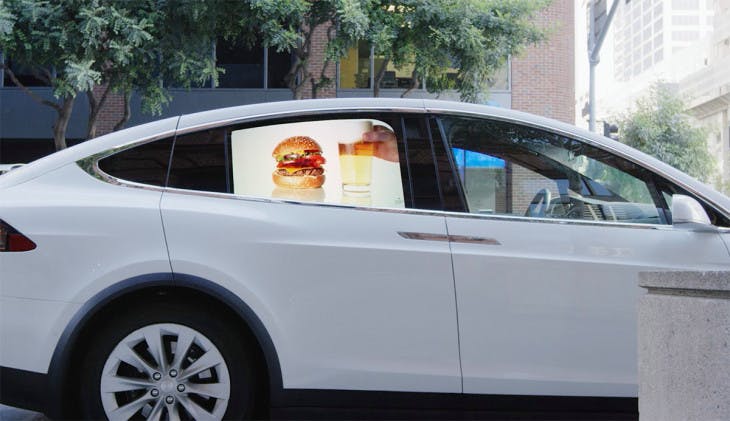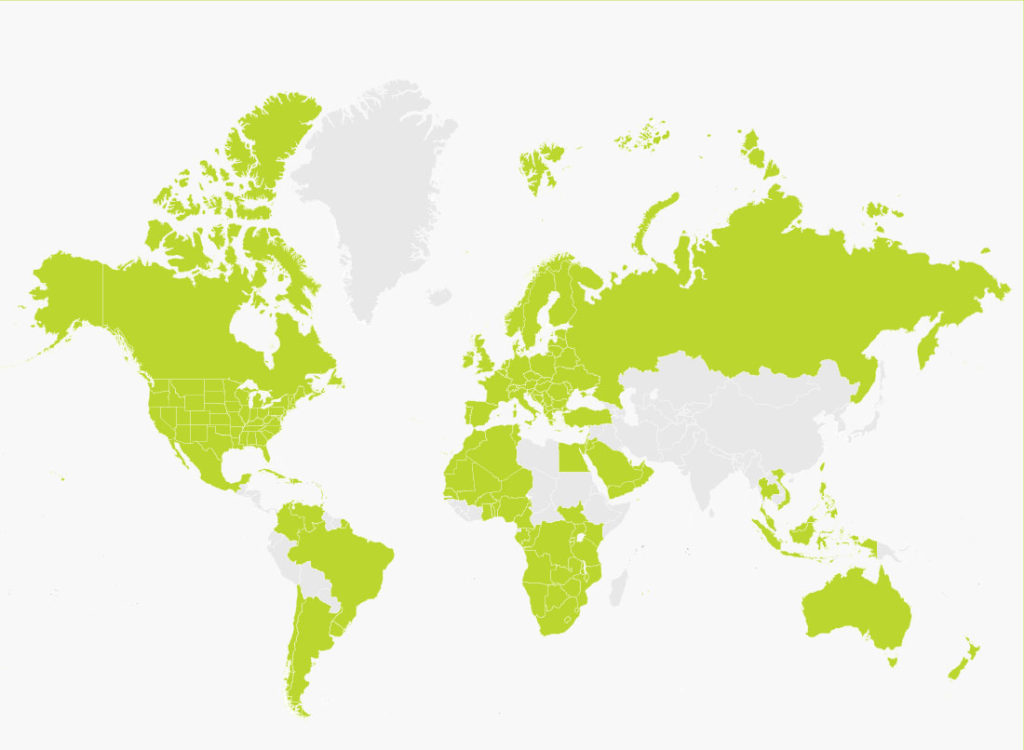
Unavoidable location-aware digital ads on car windows: Yay or Nay?
You cannot skip them. You cannot close them. You cannot avoid them. There’s simply no escaping a digital advertisement that is playing on the rear window of a rideshare vehicle driving past you. And geo-aware Dynamic Digital-Out of Home (DD-OOH) advertising platform Grabb-It knows this all too well. Which is why the San Francisco-based company has come out with a way to convert the rear window of your vehicle into a projector wall of sorts. Looks something like this:

Or this:

Let’s dig a little deeper into why Grabb-It wants to take geo-targeted advertising to car windows. The most obvious reason is that this platform allows businesses to take their message closer to their intended audience. So, if you are standing in front of a bar, the car moving past could serve as a reminder of the Happy Hour deals being offered inside. And being a new technology, the recall value for a brand seen on moving cars would also be pretty high. Grabb-It is convinced that even five cars running in a 5-mile radius of your store can bring in serious foot traffic for your business.
The platform supports videos, digital banners, animations, and GIFs, which can be displayed on both moving vehicles that cars that have stopped at signals or parked on the curbside.
Now, whether the technology should be hailed as ingenious or crazy depends on whom you ask. Road safety advocates are worried that an attractive advertisement could make passersby slow down, leading to disruption in traffic. But Grabb-It CEO Gaurav Garg maintains that he sees no legal complications arising from this tech, and that when a car is driving slower-paced graphics would be shown. Right now, Grabb-It is paying 25 vehicles in San Francisco $2 an hour to test the technology, so the jury is still out on this one.
What do you think? Tell us in comments below!








